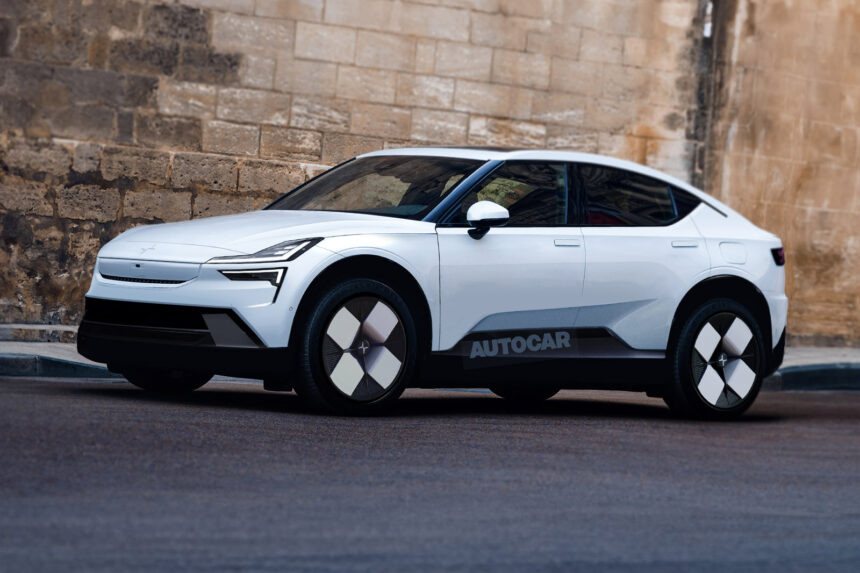Polestar Unveils Ambitious Plans for Future Growth
During a recent presentation, Polestar CEO Lohscheller provided insights into the company’s future plans, marking a significant shift in strategy for the luxury electric vehicle manufacturer.
One of the key announcements made was the company’s goal to launch the Polestar 7, although no specific timeline was provided. Former boss Ingenlath had previously mentioned a 2027 launch target for the model, indicating Polestar’s commitment to expanding its lineup in the coming years.
Furthermore, Polestar aims to achieve positive free cash flow by 2027, reflecting its focus on financial sustainability and growth in a competitive market.
In a move towards streamlining operations, Polestar plans to transition all its models onto a single vehicle architecture. This shift is expected to reduce complexity, costs, and investments, enhancing the brand’s efficiency and competitiveness in the EV market.
While the specifics of the new platform remain undisclosed, Polestar currently utilizes platforms from Geely, Volvo, and its own SEA architecture across its existing lineup. The consolidation onto a single architecture indicates a strategic approach to product development and manufacturing.
Lohscheller emphasized the importance of building upon Polestar’s strong brand identity, focusing on design and performance while implementing necessary changes to ensure long-term success and viability.
As part of its growth strategy, Polestar plans to accelerate its retail expansion, aiming to increase the number of showrooms by 75% by the end of the following year. This expansion will span across Europe and North America, with a shift towards active selling to enhance customer engagement.
Additionally, Polestar is set to enter the French market after resolving a logo dispute with Citroën, further expanding its global presence and customer reach.
By diversifying its manufacturing footprint to include European locations, Polestar aims to strengthen its ‘asset-light’ business model. The company’s strategic production sites in the US, South Korea, and China underscore its commitment to operational efficiency and market responsiveness.
Furthermore, Polestar plans to leverage its EV-only lineup by selling CO2 credits to manufacturers struggling to meet EU emissions targets. This revenue stream is anticipated to generate significant income for the company, aligning with industry trends seen in successful EV manufacturers like Tesla.






